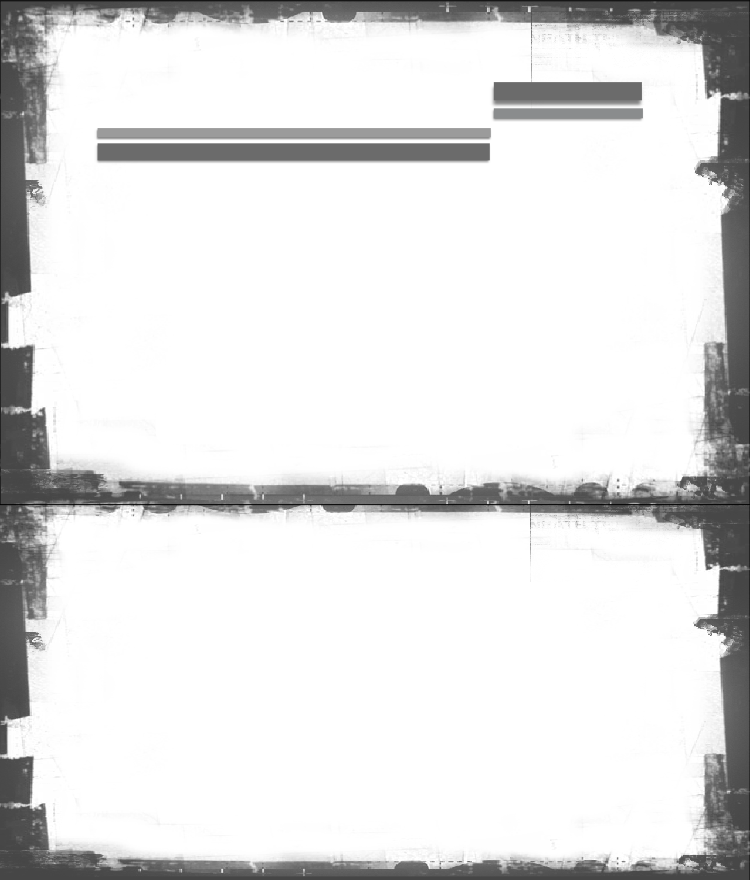


“Variations on the Theme of Freedom”
As its subtitle suggests, the real subject of Chaography is freedom – the joy and creativity it awakens in us, the different forms it can take, and the costs and sacrifices it requires. Each of our five overlapping stories is focused around a fictional jazz artist whose musical idiom is inventively translated into the language of film. Interwoven throughout is the parallel storyline of Max and his girlfriend Ava, two Chinese-American students who enter the jazz world as bystanders, and whose attempt to build a life together in America provides counterpoint to the journeys of the musicians.
Part I, “Bar Stops,” is inspired by the music of Thelonious Monk. Its narrative, following a Pianist (Eric Reed) torn between the people he cares about and the transgressions which lead him away from them, explores the notion of “Freedom vs. Love.” Like one of Monk’s solos, the story is idiosyncratic and circular, building upon its world in countless variations which fold back upon themselves, alternating between playfulness and provocation.
Part II, “Your Philosophy Can’t Touch the Holy Ghost,” is inspired by the music of Charles Mingus. Exploring the issue of “Freedom vs. Oppression,” it presents the tragicomic exploits of a Bassist trying to reestablish himself after fleeing to escape the messy collapse of his marriage. An encounter with a mysterious Hobo (Melvin Van Peebles) may point the way to success - if it doesn’t land him in jail. The story is conceived as a silent film set to a boisterous Mingus-like soundtrack, brimming with melodrama, slapstick and, finally, profound pathos.
Part III, “Ten to One,” is inspired by the music of Miles Davis. Following a Trumpeter’s attempts to cajole his restless Sax player (Stacy Dillard) to stay in the band, and simultaneously to woo Ava, who has just gotten engaged to Max, the section explores the tension embodied in “Freedom vs. Community.” As in much of Miles’ music, the narrative unfolds in elliptical fragments, full of pregnant pauses and mysterious gaps, which we the audience must piece together.
Part IV, “Pile On,” is inspired by the music of Ornette Coleman. Spanning a day in the life of a Plastic Saxophone player (Ted Nash), the story follows a series of increasingly absurd episodes he encounters on the way to his day job, dramatizing the paradox of “Freedom vs. Order.” In keeping with Coleman’s experimental nature, this section will be shot and edited with a loose, expressionistic quality veering just this side of chaos.
Part V, “Departure (or The Shadow of Death),” is inspired by the music of John Coltrane. Investigating the problem of “Freedom vs. Fate,” the story finds Sax (Dillard), marked for an untimely death, entering magically into the life of Max, who has taken a very different path, becoming a businessman and seeking domestic bliss with Ava and their children. This concluding section is, like Coltrane’s music, probing and spiritual, making wild narrative leaps in search of the ineffable.